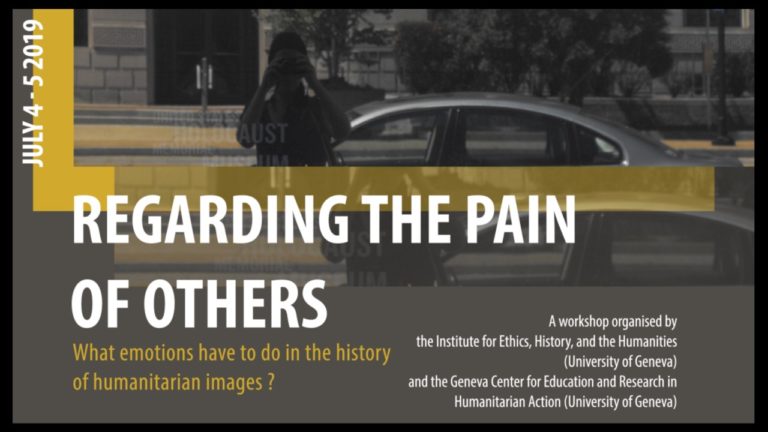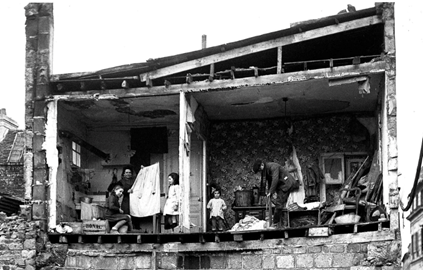Regarding the Pain of Others: What Emotions have to do in the History of Humanitarian Images.
A workshop organized by the Institute for Ethics, History, and the Humanities (University of Geneva) and the Geneva Centre for Education and Research in Humanitarian Action (University of Geneva).
Taking the title of Susan Sontag’s seminal work as a starting point, this workshop aims at re-opening an old debate about the potentialities of exhibiting other’s suffering in order to promote a culture of peace, prevent war and/or resolve conflict. Sontag concluded in her book that images of atrocities had led the Global North to a form of
exhaustion, also called compassion fatigue, which has been criticized more recently as a myth. Yet, images remain today the main strategy of humanitarian organizations to raise awareness and funds.





